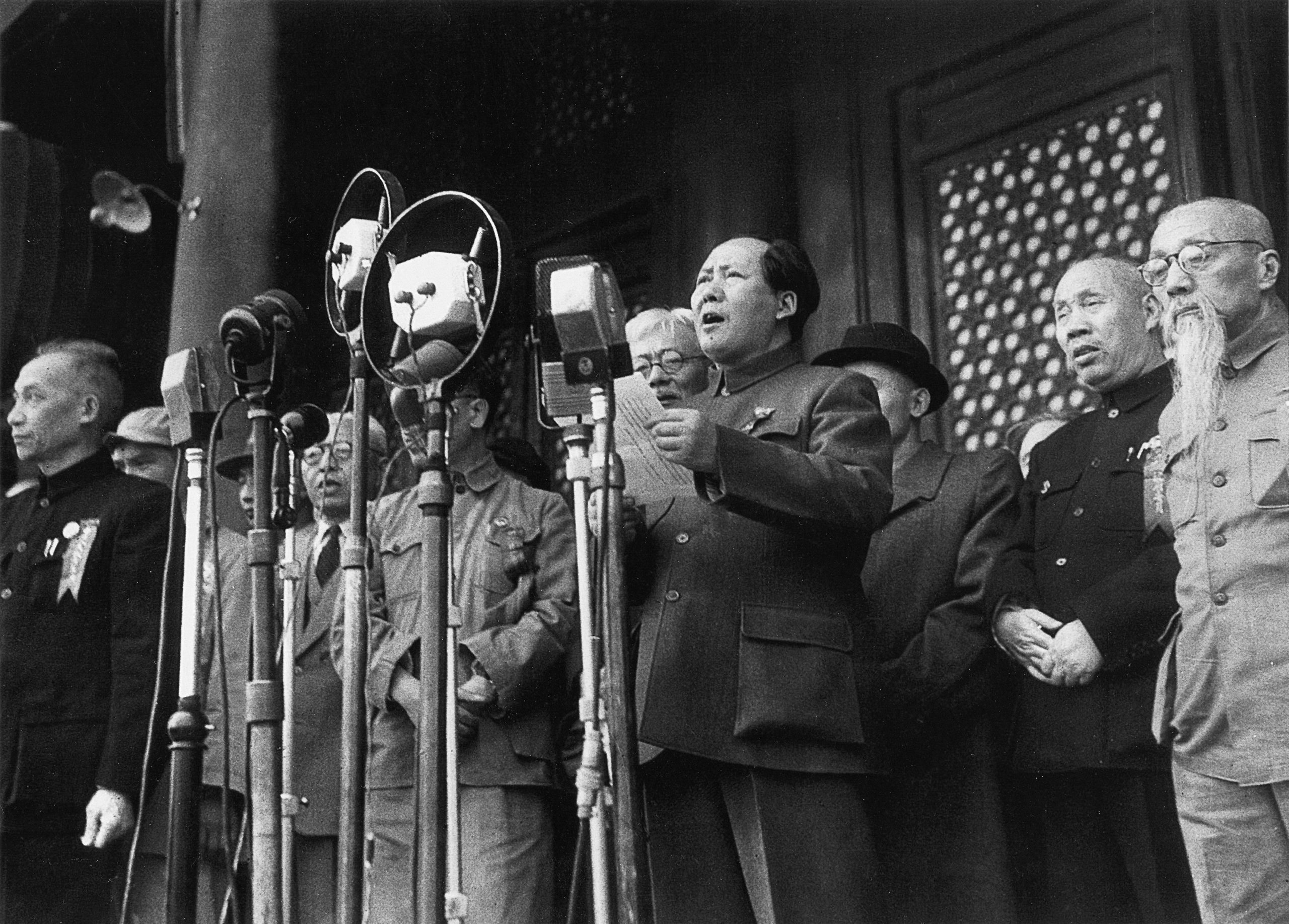
On 1 October 1949, Mao Zedong, chairman of the Chinese Communist Party (CCP), stood victoriously atop the Gate of Heavenly Peace at Tiananmen Square and announced the founding of the People’s Republic of China (PRC). Having fought and defeated Chiang Kai-shek’s Guomindang forces in civil war, Mao and the CCP embarked on their mission to consolidate Communist rule in China, and to rebuild a nation that had suffered from decades of political and economic unrest Yet, despite its outward commitment to creating a nation free from oppression, the CCP soon resorted to the use of violence and terror to secure its rule across China.
In May 1956, however, a change occurred in the approach of Chairman Mao and the leadership of the party, which on the surface appeared to be a step towards establishing a more liberal society where a greater freedom of expression would be tolerated. Mao invited the Chinese people to express their opinions on the progress of the country, hinting that the CCP would be more open to their ideas and attitudes, even those that constructively criticised the policies of the party. This extraordinary decision evolved into the Hundred Flowers campaign.
Your organisation does not have access to this article.
Sign up today to give your students the edge they need to achieve their best grades with subject expertise
Subscribe




